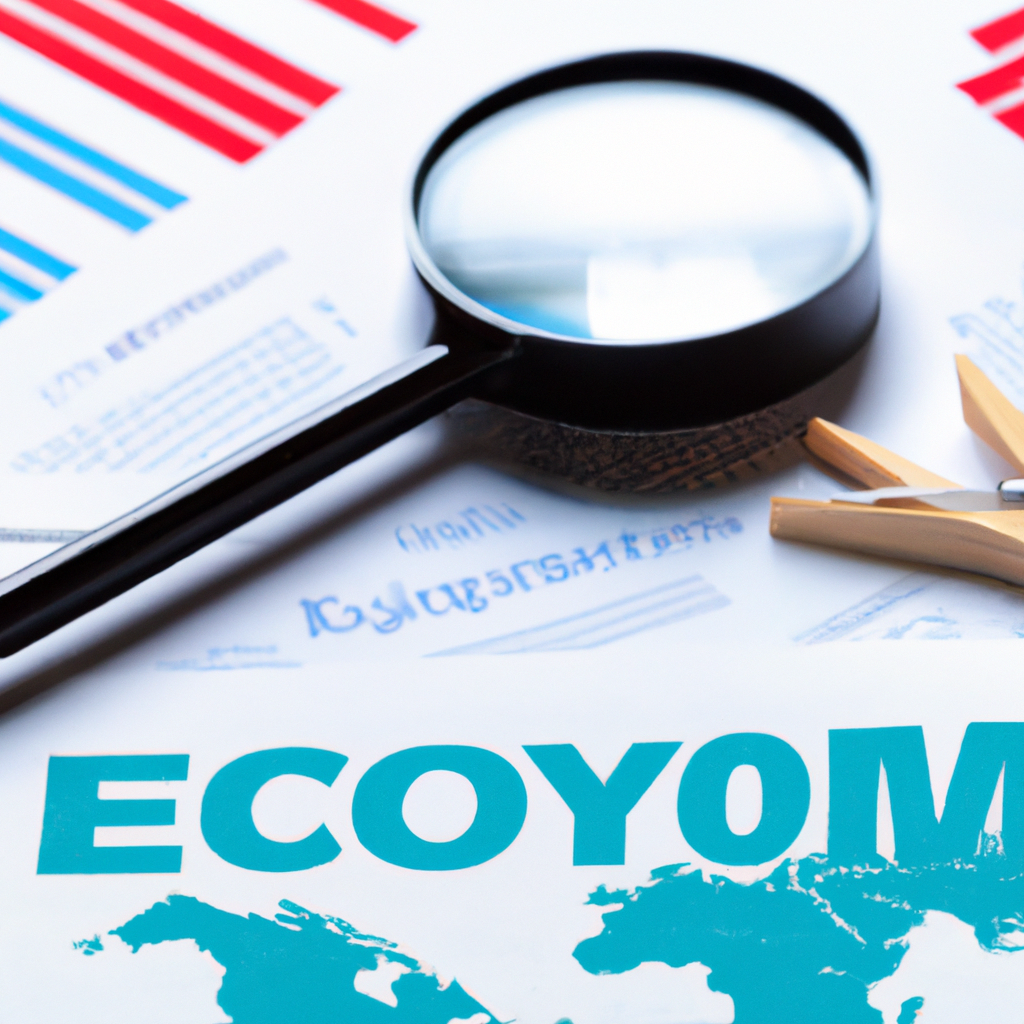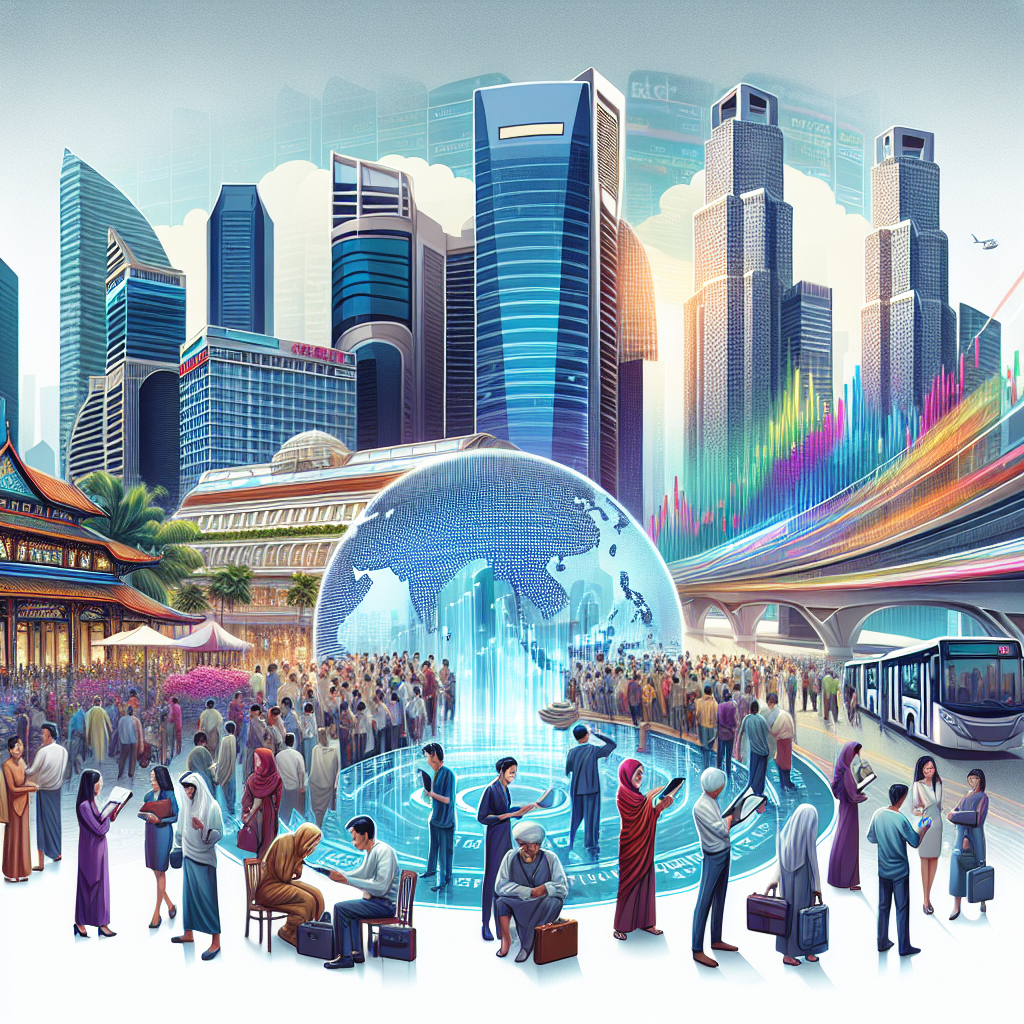
The Current State of the World Economy
Global Economic Growth
The world economy is currently experiencing a period of sluggish growth, with many major economies facing challenges such as trade tensions, political uncertainty, and slowing demand. According to the International Monetary Fund (IMF), global economic growth is projected to be 3.3% in 2019, down from 3.6% in 2018.
Factors Contributing to Slow Growth
- Trade tensions between the United States and China
- Uncertainty surrounding Brexit
- Weakening global trade and investment
Regional Economic Outlook
While some regions are experiencing stronger growth than others, overall there is a sense of caution among policymakers and investors. Emerging markets, in particular, are facing challenges due to a combination of external factors and domestic issues.
North America
The United States economy continues to show signs of strength, with low unemployment and solid consumer spending. However, trade tensions with China and other countries are causing uncertainty and could impact future growth.
Europe
The Eurozone is facing challenges due to weak manufacturing data and uncertainty surrounding Brexit. Countries such as Germany are experiencing a slowdown in growth, which could have ripple effects throughout the region.
Asia
China, the world’s second-largest economy, is facing a slowdown in growth due to trade tensions with the United States and declining domestic demand. Other Asian economies, such as Japan and South Korea, are also facing challenges due to weakening global trade.
Future Outlook
While there are concerns about the current state of the world economy, there are also reasons for optimism. Central banks around the world are taking measures to stimulate growth, and trade negotiations are ongoing between major economies. However, uncertainty remains a key factor that could impact future economic growth.
Key Considerations
- Trade negotiations between the United States and China
- Brexit and its impact on the European economy
- Central bank policies and interest rate decisions
In conclusion, the world economy is facing challenges that are impacting growth and stability. While there are reasons for optimism, it is important for policymakers and investors to remain vigilant and prepared for potential risks in the future.






